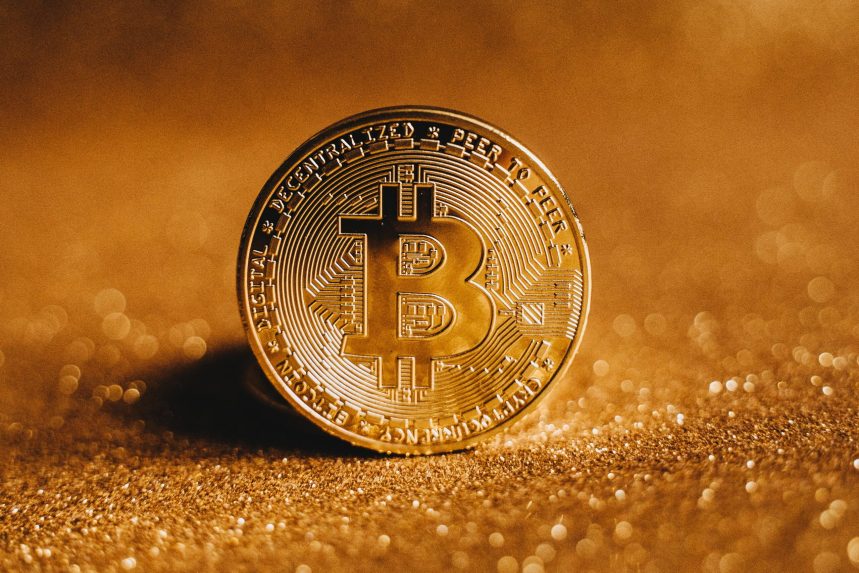Reason to trust

How Our News is Made
Strict editorial policy that focuses on accuracy, relevance, and impartiality
Ad discliamer
Morbi pretium leo et nisl aliquam mollis. Quisque arcu lorem, ultricies quis pellentesque nec, ullamcorper eu odio.
The Lightning Network (BTC) is an off-chain transaction network that enables transactions between parties outside the blockchain. In the second layer, there are multiple payment channels between parties. A lightning network bitcoin transaction per second is a two-party transaction method for sending and receiving money. In layer two, transactions are managed outside the blockchain’s mainnet (layer one) but benefit from the main net’s decentralized security.
Although the Lightning Network aims to resolve some issues, it still introduces various problems, such as low routing fees and malicious attacks. For example, payment channels charge a small fee when they open and close, and the nodes that validate transactions get paid routing fees in addition to these small transaction fees.
How does the Lightning Network work?
There is the possibility of creating a peer-to-peer payment channel between two parties, such as a coffee shop and a customer. After this channel is set up, payments can be sent instantly and cheaply in unlimited quantities. It’s possible to buy a coffee without affecting the Bitcoin network, even if it’s small.
The payer has to lock a certain amount of bitcoin onto the network to create a payment channel. Once Bitcoin is locked in, a recipient can invoice amounts. You can add Bitcoin consistently if you want to keep the channel open.
Both parties can transact on Lightning Network channels. Bitcoin’s blockchain handles some transactions differently than normal. Channels, for example, are only updated on the main blockchain when they’re opened and closed.
The main blockchain doesn’t have to be notified forever if funds are transferred between two parties. All transactions within a blockchain don’t have to be approved by all nodes, so it’s faster. Lightning networks are nodes that combine payment channels to route payments, and many payment systems are linked together.
Once both parties have finished their transactions, the channel will be closed. This information is combined into a single transaction and sent to the Bitcoin mainnet. It saves nodes time and effort validating dozens of small transactions. Pay channels have not congested the network, making it hard for nodes to validate smaller transactions.
The pros of the Lightning Network
The Lightning Network enables micropayments in a way that has never been possible before, with faster and cheaper transactions. Lightning Network saves users from paying high fees for simple transactions and waiting an hour or more for them to validate. There’s a long wait time for smaller transactions since miners prefer to validate larger transactions.
The Lightning Network exists as an overlay to the Bitcoin blockchain. Since the Lightning Network is connected to Bitcoin, it benefits from its security protocols. You can use the main blockchain for bigger transactions and the Lightning Network’s off-chain for smaller ones. In Lightning Network payment channels, onlookers can’t see every single transaction, but they can see a package of them.
Atomic swaps are another way cryptocurrency enthusiasts test currencies without needing a third party. Atomic Swaps let you swap almost instantly without fees or wallet transfers, so they’re better than exchanges.
The future of Lightning Network
A positive sign for the Lightning Network is the increase in the adoption of the network. Bitcoin has been locked into Lightning for over $110 million, and people using applications, gambling, paying for goods and services, etc., are among its users.
Lightning Network wallets are essential for using the network. Lightning Network is a separate protocol from Bitcoin’s mainnet, requiring a different wallet. With optimized wallets, traders can use Lightning Network. With Lightning Network adoption growing, more wallet developers will add Lightning Network support. Lightning Network transactions can be sped up by dedicated users, too.
Lightning development has also expanded to include layer-two solutions on several projects. Cryptocurrency exchanges are also starting to support the Lightning Network so everyone can use it, and Bitcoin traders can withdraw small amounts cheaply and instantly using the Lightning Network. Traditional Bitcoin might have high transaction fees and long wait times if you don’t use it.
Lightning Network also offers third-party protection services, like Watchtowers. Some nodes go offline sometimes, leaving their payment channels open to offline scams. Instead of leaving their channel transaction, unattended, participants can provide a signifier. A signature identifies the user’s channel from all the others.
Whenever a watchtower detects malicious activity, like closing a payment channel, it automatically freezes the funds and removes the funds associated with the malicious party.
Disclaimer: This is a paid release. The statements, views and opinions expressed in this column are solely those of the content provider and do not necessarily represent those of NewsBTC. NewsBTC does not guarantee the accuracy or timeliness of information available in such content. Do your research and invest at your own risk.



























